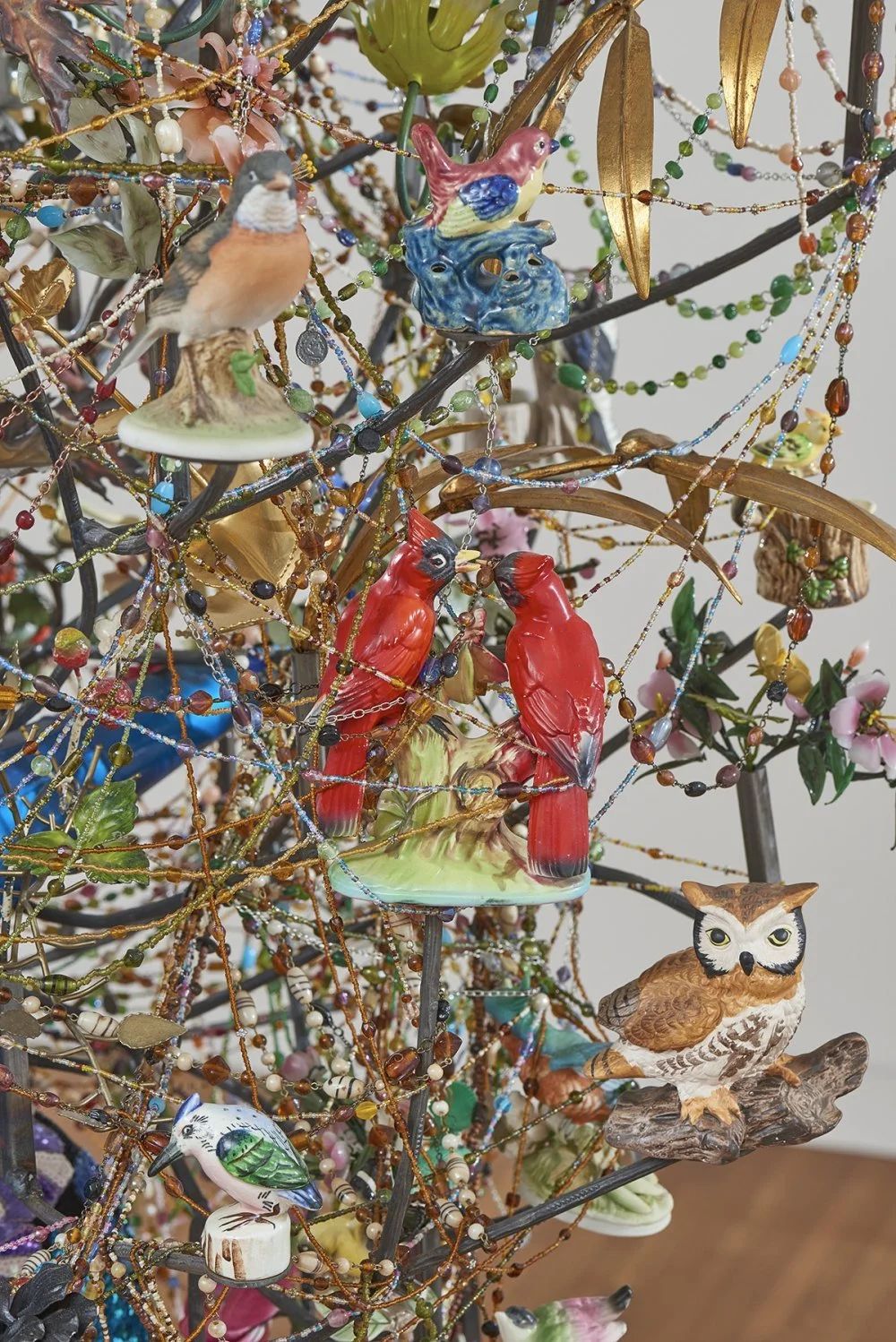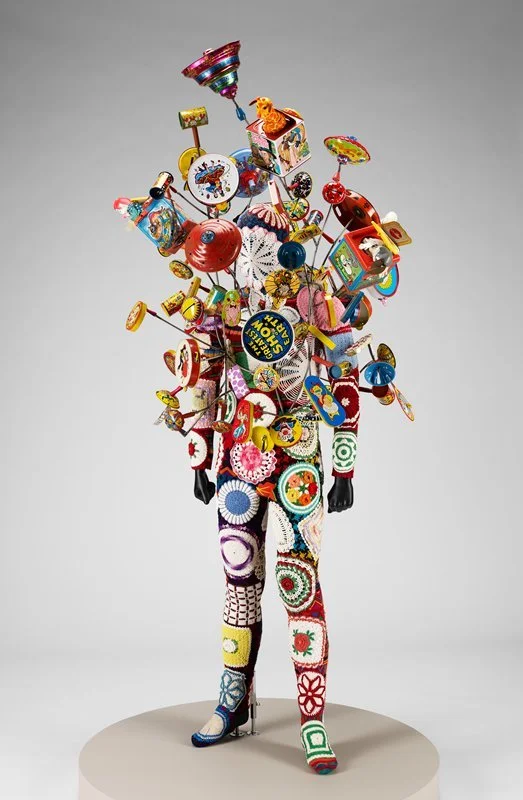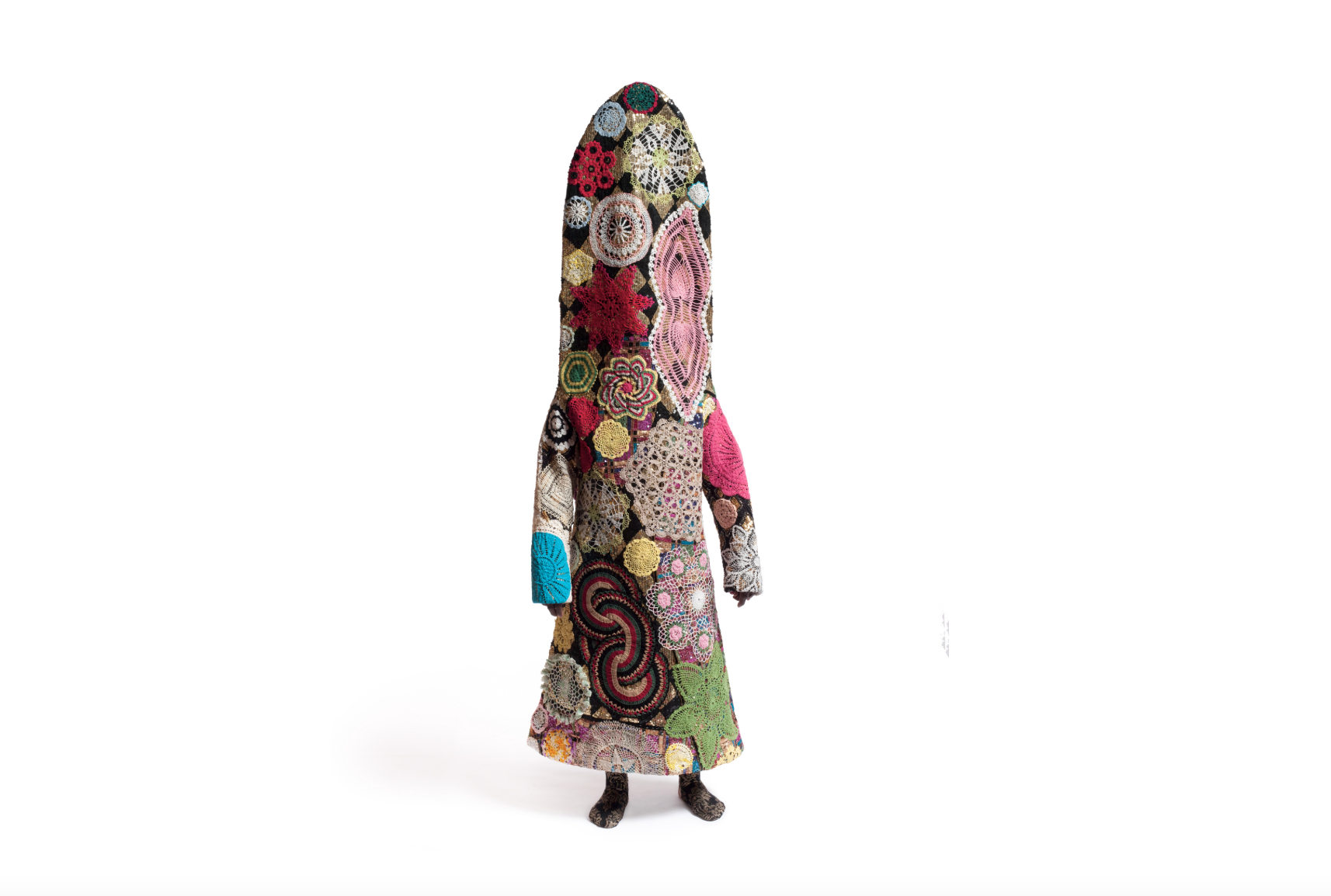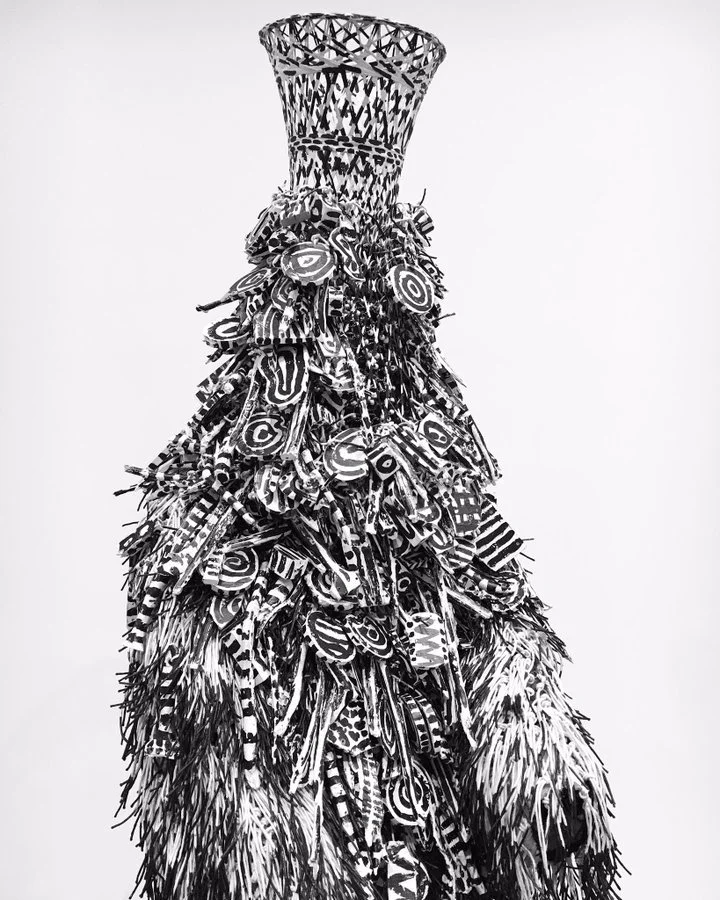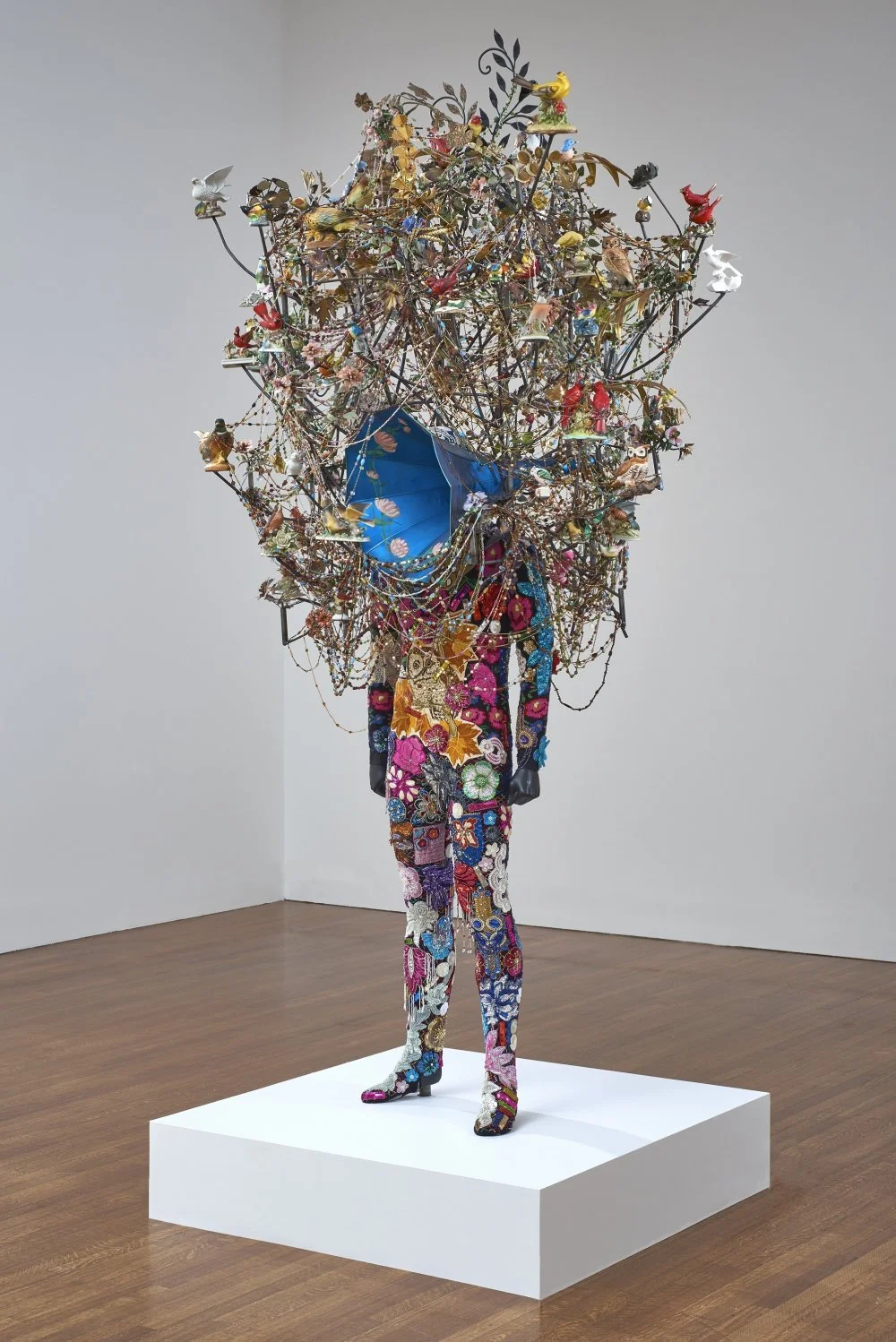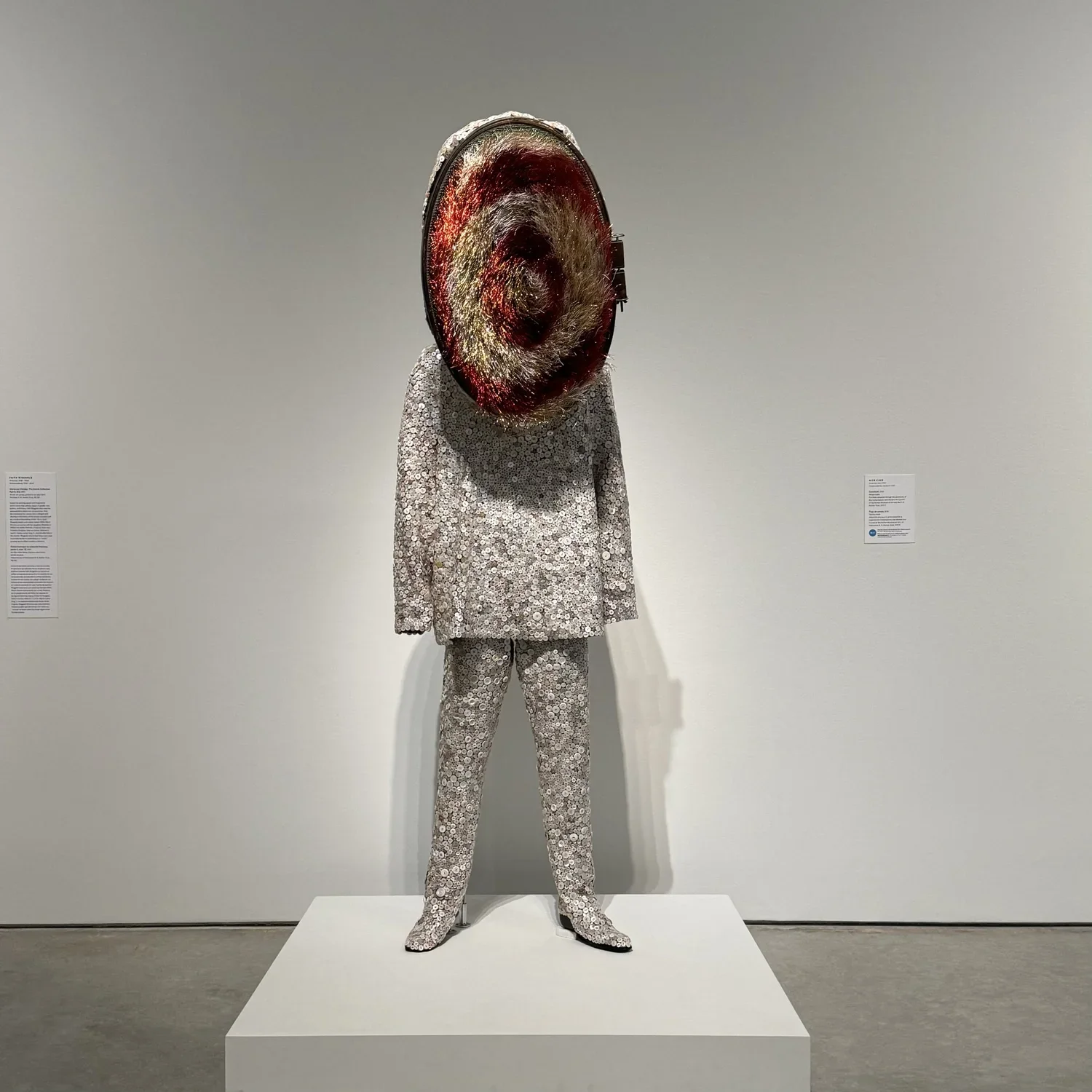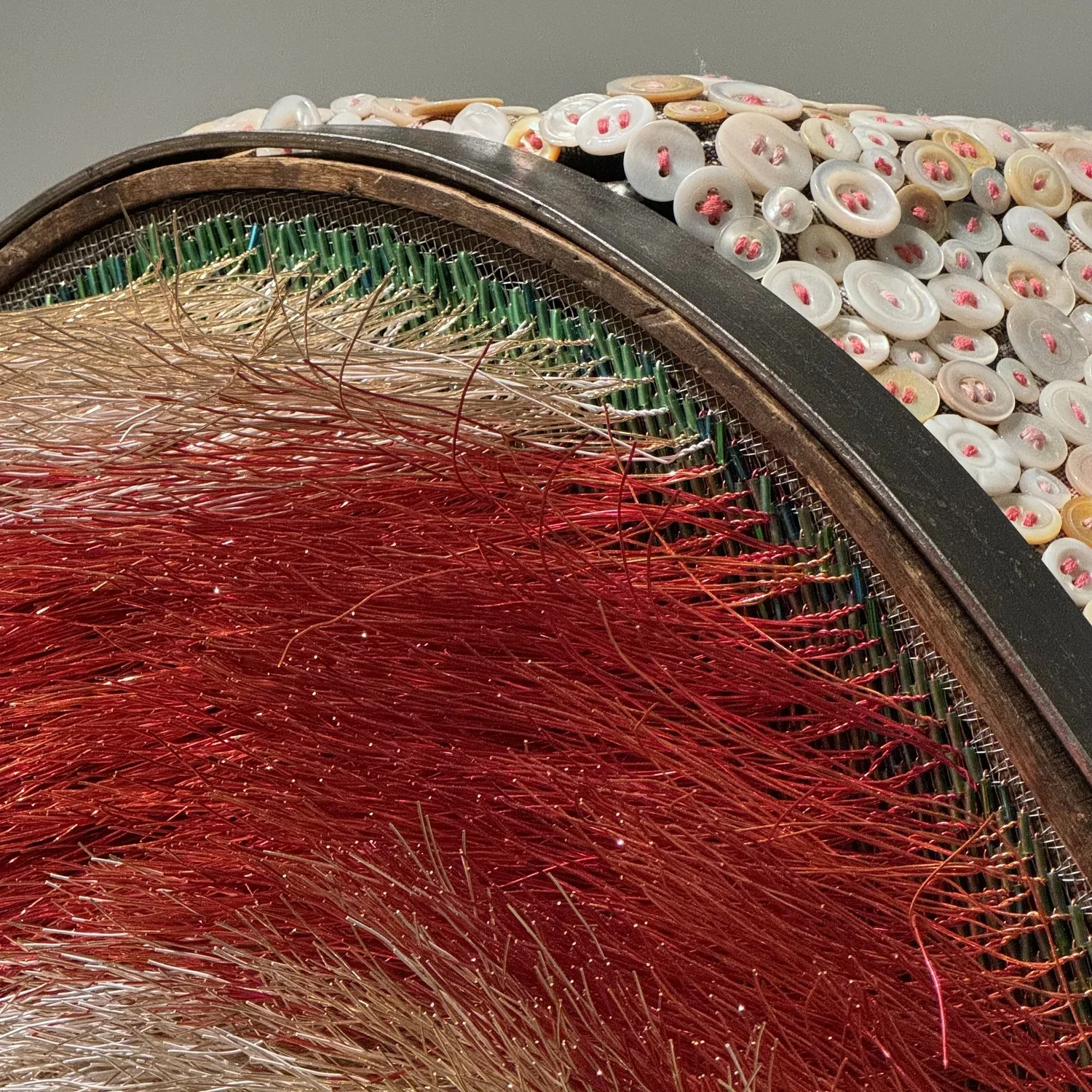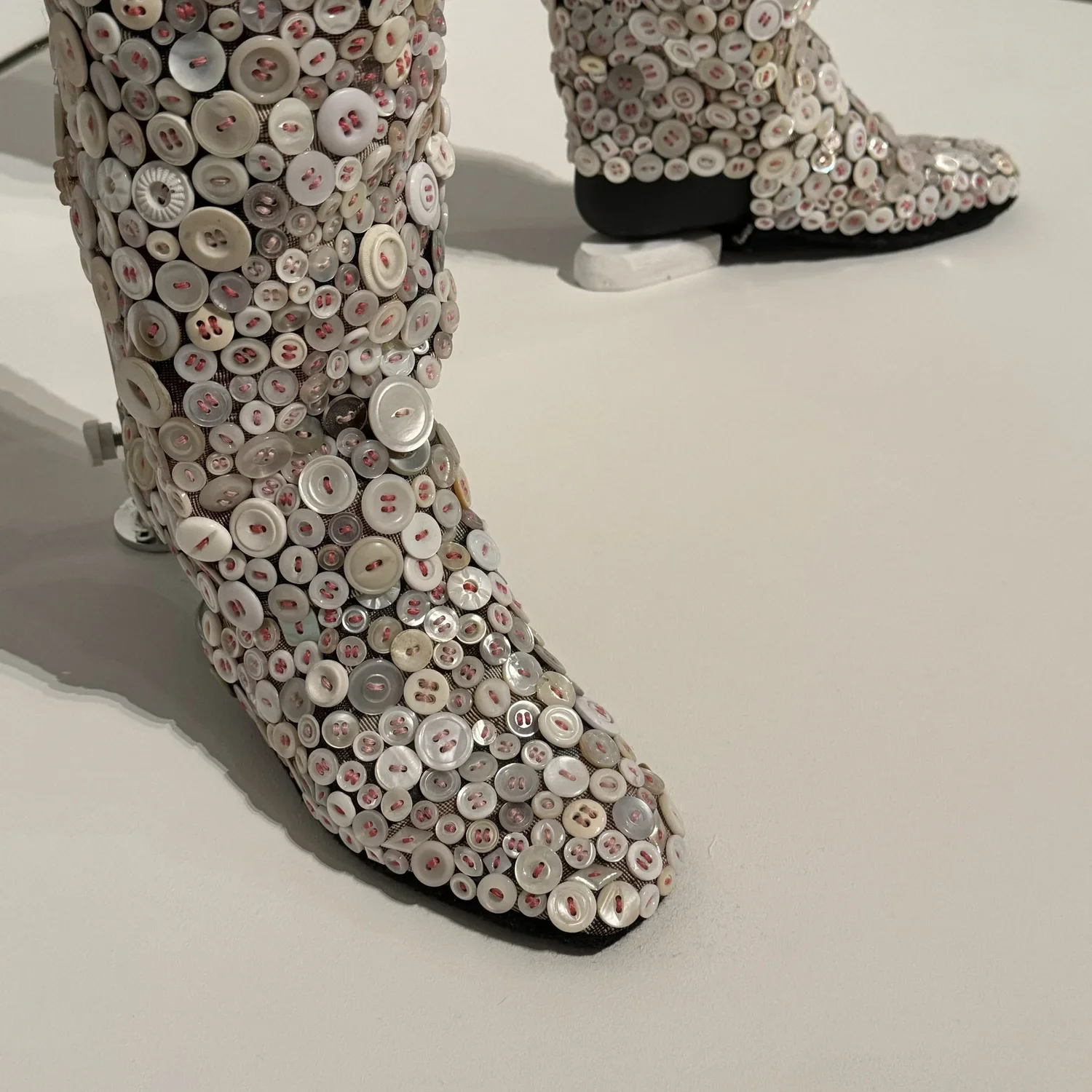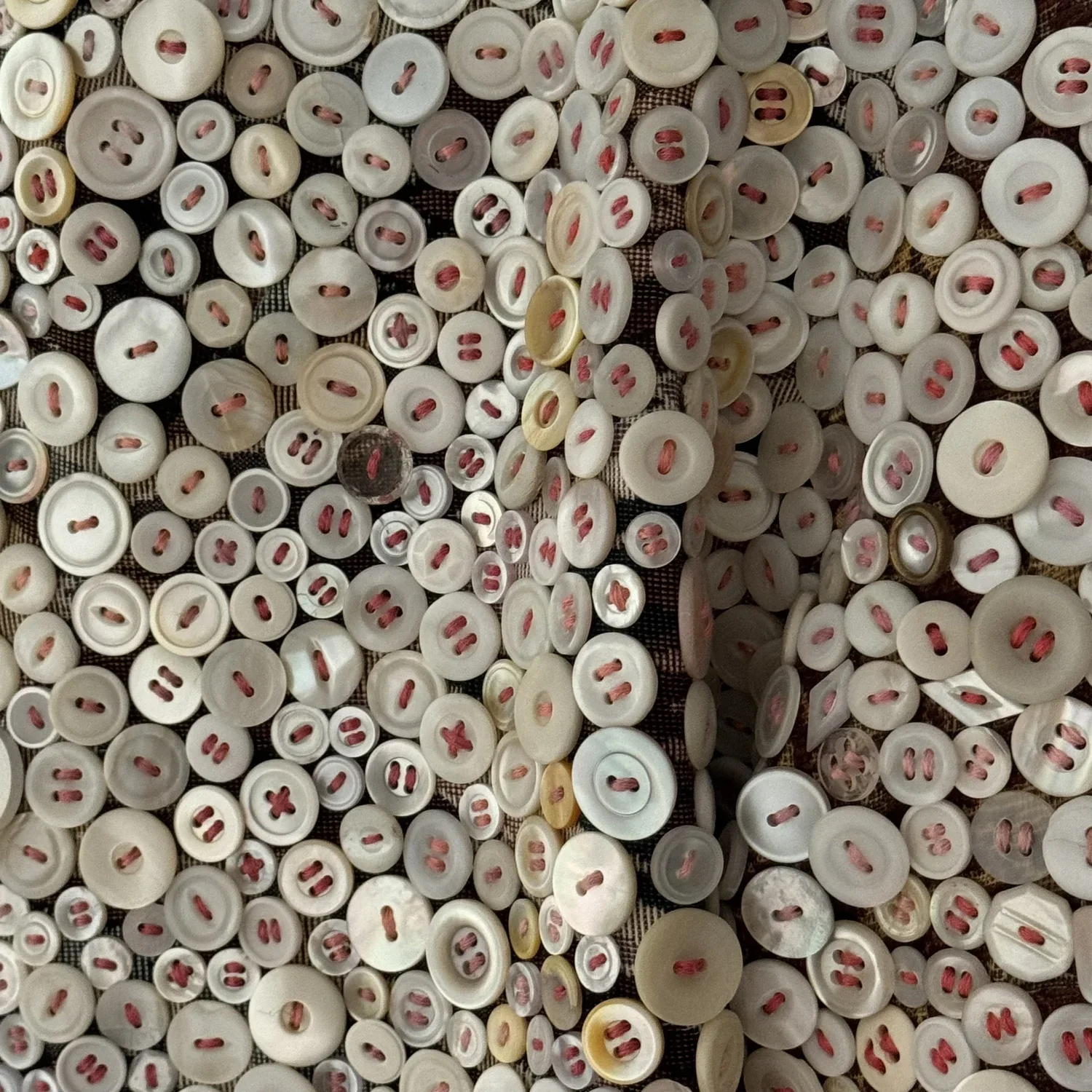I don’t ever see the Soundsuits as fun. They really are coming from a very dark place. The Soundsuits hide gender, race, class. And they force you to look at the work without judgment. You know, we tend to want to categorize everything. We tend to want to find its place. How do we, sort of, be one on one with something that is unfamiliar?
—Nick Cave, 2016
The best Ashbery poems, I thought, although not in these words, describe what it's like to read an Ashbery poem.
— Ben Lerner, Leaving the Atocha Station
Nick Cave was trained as a fiber artist and dancer.
His Soundsuits series is named for the rustling he heard as he moved around in them.
The first such “costume-sculpture” was created as an artistic response to racial profiling and police violence, particularly violence of L. A. police against Rodney King in 1991.
Imagined as protective shields that masked a person's identity and voided notions of race, class, and gender, the Soundsuits provoke us anew, in this hypervigilant present driven by billionaires, neoliberal ruling classes, and “National Greatness” issues.
“My identity is really only protected in the privacy of my own home,” Cave has said, of his own experiences with police as a Black man.
Was does it mean for our universities and local governments to ban “masking” in public places?
Curators have said each Soundsuit creates “a symbolically charged second skin, an imagined means for protection from physical and psychological harm.”
The use of thrifted, upcycled material isn’t coincidental. The material focus of Cave’s Soundsuits alters our relation to time and progress.
Nick Cave, Soundsuit (2009)
With skin grafted from the doilies Nick Cave purchased from thrift stores. The yarn-based testimonies of grandmothers and mothers and aunts dumped in give-away bins by their inheritors. “Junking” stuff is par for the obsession with newness and planned obsolescence that characterizes late capitalism’s accelerated commodity-drives. Elaborate consumption and throwaway plastics. Landfills livid with the excrement of packaging.
“How do we . . . look at things that are devalued, discarded, and bring a different kind of relevancy to them?” Cave asks.
Nick Cave, Soundsuit (2006)
In the caption to the 2006 Soundsuit made of paper, Cave poses the question: “How do I exist in a place that sees me as a threat?” How does a gay Black artist in the US live his joy, nourish his passions, and build communities and forms of being that refuse the ongoing terror of white supremacy?
The suits are performed by Cave and others in choreographed events.
Assembled from diverse materials and fabrics, the Soundsuits “speak” by deploying an aural dimension that must be imagined.
*
Art Beat, “Nick Cave’s Soundsuits,” PBS Newshour
Ben Lerner, Leaving the Atocha Station
London Art Roundup, “Soundsuit 2010”
Nicole Burish, “Voice and Resistance in Nick Cave’s Soundsuits,” National Gallery of Canada
Nick Cave, Soundsuit (2006) with paper
Nick Cave, Soundsuit (2009) with doilies
Nick Cave, Soundsuit (2010) with toys
Nick Cave, Soundsuit (2010) with buttons
PJ Harvey, "The Faster I Breathe The Further I Go (4-Track Version)”
